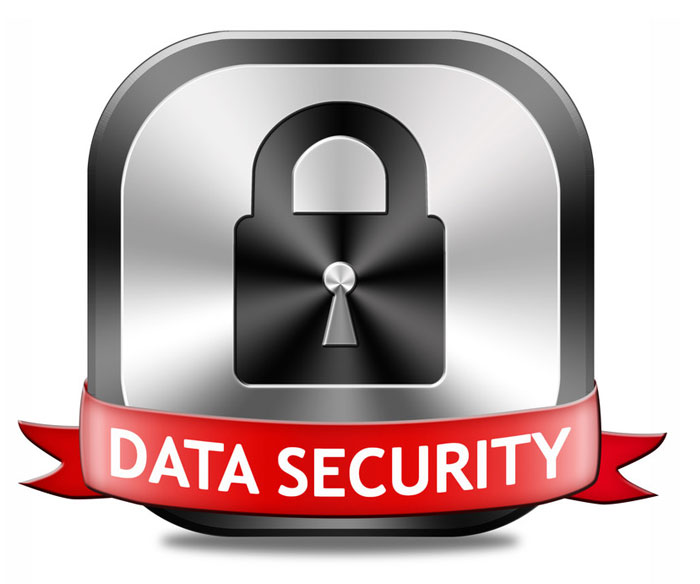Data entry and data processing are important activities in a business organization, and data conversion services help with converting the data into the desired electronic formats. With data comes the concern of data security. Electronic systems are widely used in business organizations to operate with data efficiently and companies are changing quicker than ever before. A reliable electronic system of any kind needs adequate data security in order to operate optimally.
Data security is a very important element in the present internet world. Client information, payment information, personal files, bank account details – all this information can be hard to replace and potentially dangerous if it falls into the wrong hands. With new norms of employees accessing all types of apps in the cloud, data security is inevitable. Data breaches do not come only from outside the organization. There are high chances of internal threats too due to misuse of data by employees. According to BPI (Business Performance Innovation) network, misuse of data by employees is responsible for 36 percent of data breaches and 61 percent of data breaches is due to accidentally sending the information to the wrong person.
Rising Threat of Unstructured Data
So far organizations were completely focused on implementing security measures for structured data. But now it’s time to focus on unstructured data. It accounts for 80 percent of an organization’s data and is the fastest growing type of data. It is expected to account for 93 percent of all data in the digital universe by 2022. Unstructured data requires a unique set of security needs as it is difficult-to-manage data, and it flows widely across documents and formats both internally and externally.
To protect critical data, you can create a virtual safe zone which is secured and only applications and computers that are in the zones’ “allowed list” can access the data. You may also appoint an administrator or business owner to selectively make a choice of which items to remove from the protected area. This approach assumes that all data is at risk both internally and externally. It is very effective and another benefit is that it doesn’t require user participation like traditional security approaches do.
Importance of Being Compliant
To protect unstructured data in a cloud system, security officials must comply with the stringent regulations across a number of industries. Financial institutions must stick to Gramm- Leach – Bliley Act (GLBA) and New York State Department of Financial Services (NY DFS) and other regulations. Payment providers and financial institutions must make sure that they are compliant with regulations such as the Payment Card Industry’s Data Security Standard and so on.
These regulations need your data to be secured through encryption. The traditional approach could expose the files to attacks as it requires user involvement to decrypt and encrypt files. A new technology, Transparent File Encryption ensures that the files are always encrypted. This approach helps files to be freely moved from one location to another. You can send the files via email and store them on public cloud servers and users can be either internal or external. This new approach along with new policies that protect all data by default provides a secure solution that helps organizations to comply with regulations.
Today individuals expect a seamless user experience. An organization’s security solutions must run in the background and must not interfere with the way they work. The growing data risk can be managed well through compliance opt out security approach and ensure that by making it easy and seamless for the end users. Unstructured and structured data can be organized with the support of a good data entry company, and with such reliable services, employees can focus on the core activities of the organization.




